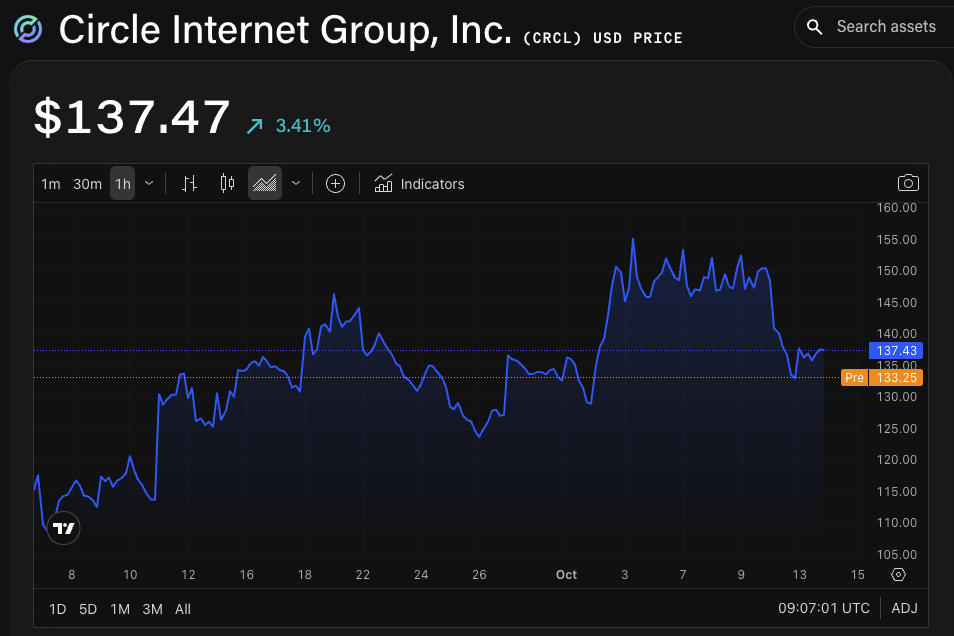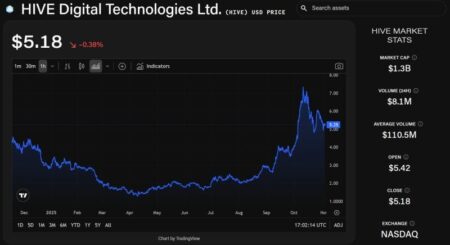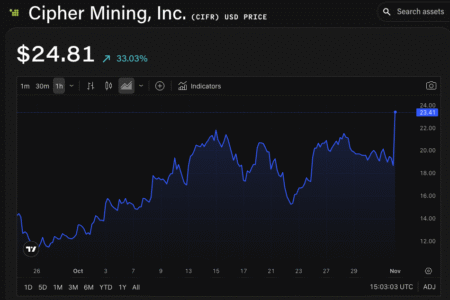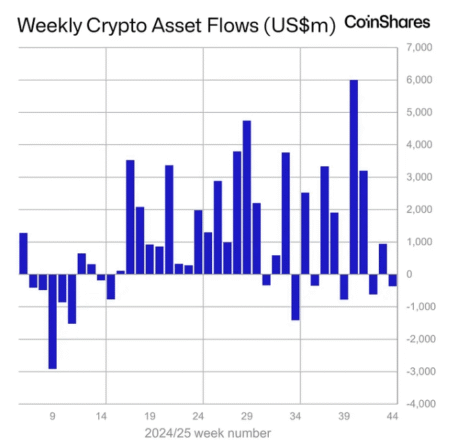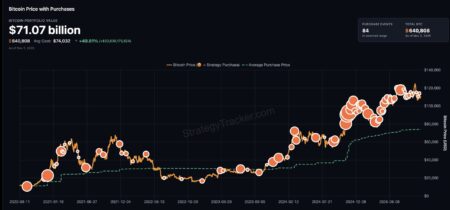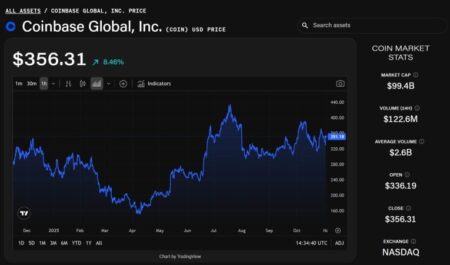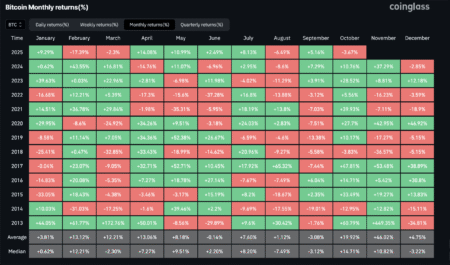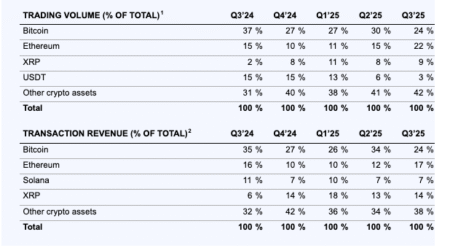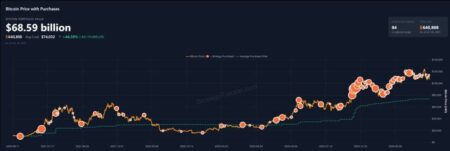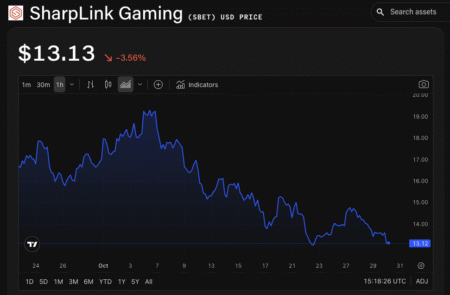USDC: The Future of Stablecoins in the U.S. Market
Analysts from Bernstein have recently analyzed the evolving landscape of the U.S. stablecoin market, projecting that Circle’s USDC could emerge as the primary beneficiary of the newly established stablecoin regulatory framework. With an estimated supply nearly tripling over the next two years, USDC’s market share is anticipated to climb from 29% today to 33% by the close of 2027. This reflects a significant upward trend, particularly as investors and payment platforms increasingly prioritize compliance and stability in dollar-backed assets.
Current Landscape of Stablecoins
As of now, Tether’s USDT remains the dominant player in the stablecoin space, commanding over 62% of the total market cap, which stands at approximately $290 billion. USDC follows with a market value around $76 billion, significantly outpacing competitors like USDe, Dai, and USDS, which have respective market caps of $12.6 billion, $5 billion, and $4.8 billion. The increasing interest in regulated, dollar-backed tokens is compelling, particularly in light of the recent growth seen by USDC, which gained 6% of market share in the past 18 months alone.
The Compliance Advantage of USDC
A core factor contributing to USDC’s ascendancy is Circle’s compliance-first model paired with strategic partnerships with major cryptocurrency exchanges. This strategy has generated a liquidity advantage that is challenging for competitors to replicate. Supporting this model, Circle boasts integrations across 28 blockchains and substantial distribution capabilities through platforms like Coinbase, Binance, and OKX. The analysts at Bernstein estimated that Circle handled an impressive $3 trillion in USDC transactions during the first half of 2025, reflecting a remarkable growth rate of 120% year-over-year.
Regulatory Backing Under the GENIUS Act
The landscape for stablecoins has been further solidified by the passage of the GENIUS Act in July, establishing a federal framework for "payment stablecoins." The law restricts foreign issuers and categorizes stablecoins as digital cash rather than securities or deposits. Bernstein highlights that this high regulatory bar is advantageous for U.S.-based issuers like Circle. With a transparent structure comprising full cash and U.S. Treasurys backing, daily reserves disclosures, and independent attestations, USDC is now regarded as the largest regulated stablecoin globally. This compliance makes it an attractive option for banks and payment providers seeking dependable infrastructure, minimizing the likelihood of these entities launching their own tokens.
Market Growth Projections
Looking ahead, Bernstein anticipates that the total stablecoin market will grow to $670 billion by the end of 2027, driven by an increase in crypto capital markets and new applications such as cross-border payments and remittances. Circle’s market share within this growing ecosystem could translate to a substantial $220 billion in USDC supply, buoyed by new integrations with companies like Fiserv, FIS, Corpay, and Shopify. Bernstein also cautions that new entrants, including PayPal’s PYUSD and Tether’s USAT, might encounter "cold-start" liquidity challenges, making it difficult for them to gain traction in the space.
Navigating Financial Challenges
Despite its promising outlook, Circle’s financial model relies heavily on float income from reserves, which could be impacted by potential rate cuts. Currently, analysts expect interest rates to stabilize around 3% by late 2027, a decrease from today’s 4.25%. However, with the anticipated growth in USDC supply, additional revenue streams such as cross-chain transfer fees, and operational leverage, the predicted impact of interest rate reductions may be mitigated. Bernstein forecasts a robust revenue growth rate of 47% through the end of 2027, driven primarily by a projected 71% annual growth rate in USDC supply as Circle continues to scale its operations.
Long-term Vision for Digital Currency
In the grand scheme, analysts foresee stablecoins, led by USDC, will significantly reshape the landscape of financial services and digital payment systems. They project that the total supply of stablecoins could reach as high as $4 trillion by 2035, with USDC maintaining about 30% of that market share. This sustained success will be supported by Circle’s ongoing product developments, including the Circle Payments Network and its dedicated blockchain, Arc. The analytical team concluded that "digital dollars will form the money-rail of the internet," positioning Circle favorably given its early lead in the evolving market.
In summary, as regulatory environments shift and technological advancements support the digital currency landscape, USDC is poised to take the lead in the U.S. stablecoin market. With a thoughtful strategy focusing on compliance, liquidity, and partnerships, Circle appears ready to benefit from the anticipated growth in the space. analysts maintain an outperform rating on Circle’s stock, anticipating significant upside potential, reflecting the optimism surrounding the company’s future in this transformative financial sector.





